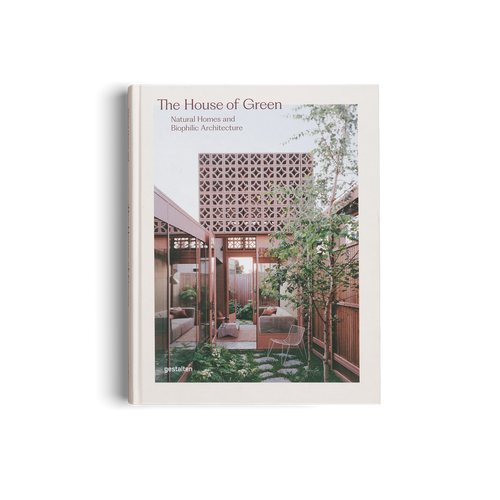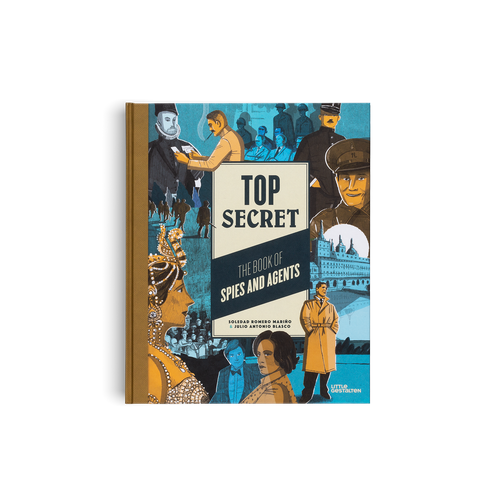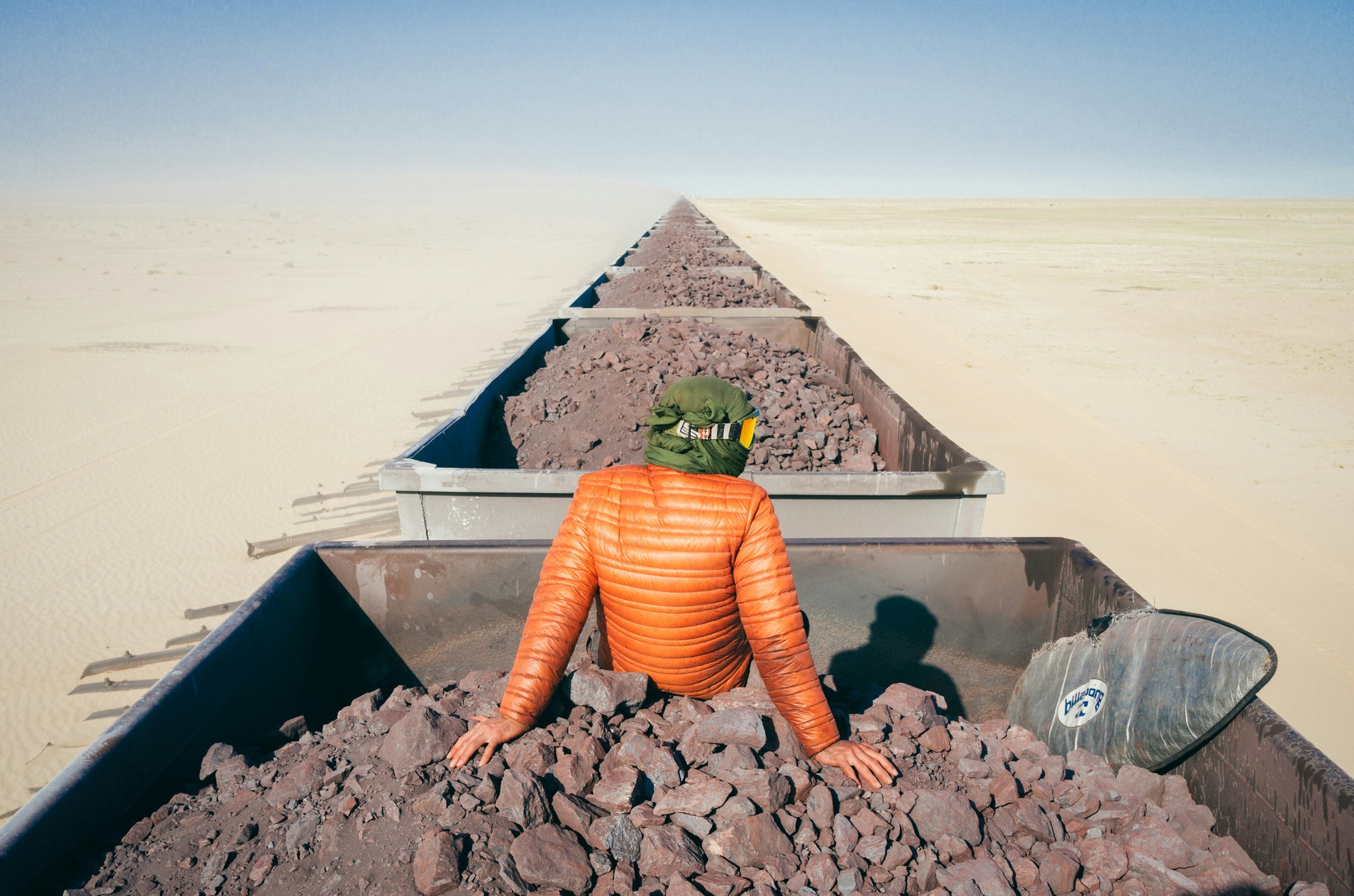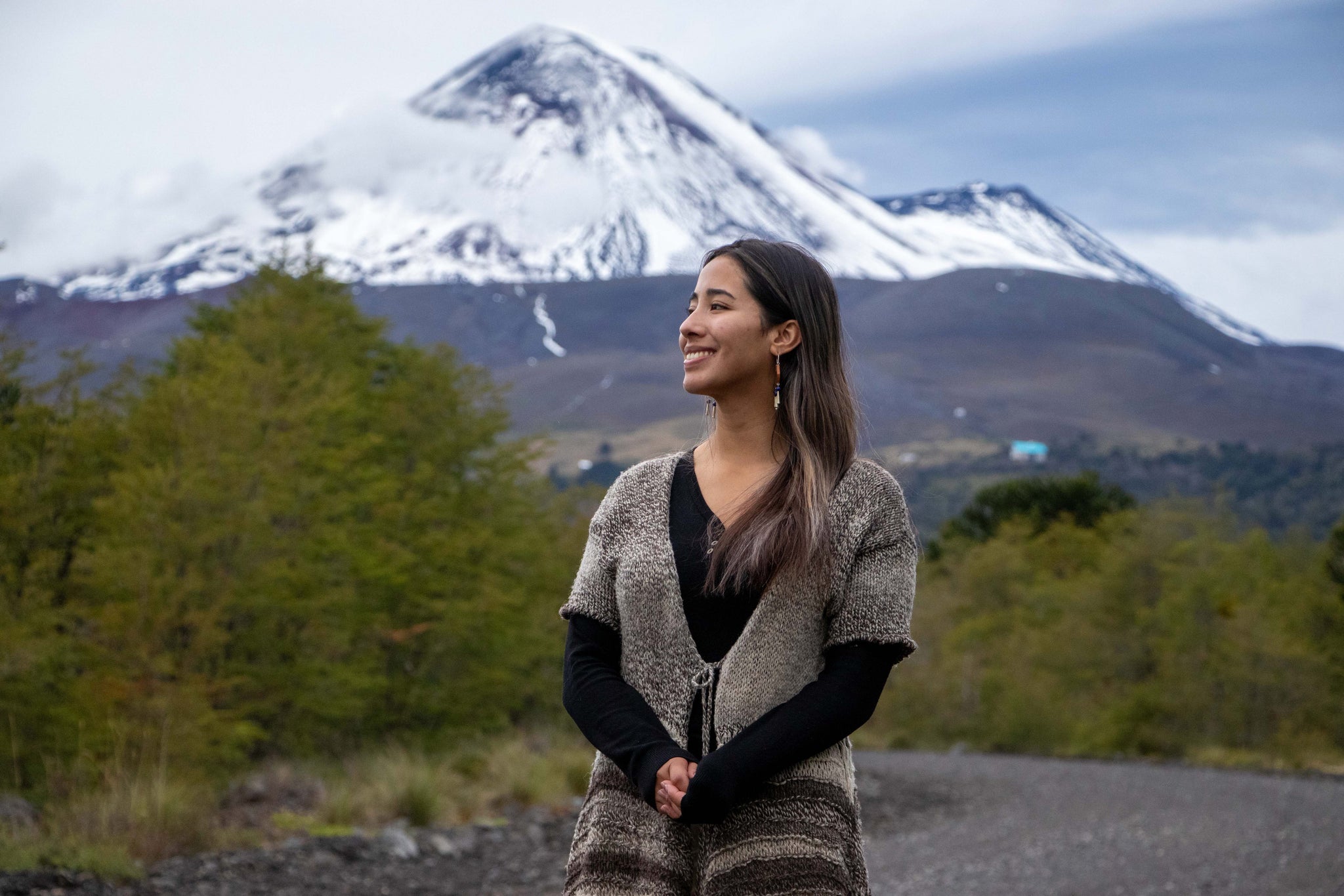
07/2021 design & fashion
"Can’t Knock The Hustle," was the phrase and acclaimed track on Jay-Z's debut album that was recently used by Sotheby's when announcing their NFT auction of a piece of art. At the start of the year, the acronym NFT (non-fungible token) swept through the world like a bat out of hell—creating a cryptocurrency rush and raising serious questions about the future of artistic creations and ownership. With the bubble plateauing (or bursting, according to many), what will this blockchain method of designing and selling mean for creativity?
What makes the Jay-Z auction interesting is the fact that this NFT sale comes from the artist himself following a legal dispute against Dame Dash—who originally tried to sell the NFT. Often known for being an early adopter, his affirmation is a sign of the art and creative world reacting to the NFT phenomenon. Jay-Z joins The New York Times, Grimes, and Aphex Twin in taking their articles, images, music, and videos to the digital vending place. The medium is now being taken seriously by celebrated artists and collectors in the world. NFT sales surged to new highs in the second quarter, with $2.5 billion (€2.1 billion) in sales so far this year, up from just $13.7 million (€11.58 million) in the first half of 2020. Despite the celebrity endorsements and economic boom, NFTs are still polarizing the mainstream consciousness.

The concept and how it operates on the blockchain supply chain can be confusing to both buyers and creators, but its steady growth and community in a time of Bitcoin and other cryptocurrency dips is a sign of its relevance. In March, a digital image by Beeple sold for a record $69.3 million (€58.6 million) at Christie's as an NFT. But these types of sales are like solar eclipses. Instead, there is a consistent amalgamation of artists and creators developing work because they want to have a holistic control of their art and royalties. This model flips the traditional approach to selling collectible art, music, or even games on its head. It allows many to take back control of their art and cultivate new marketplaces outside of galleries, museums, or record labels. It also provides clarity over ownership and can create a long-term income from future sales through built-in commissions.
There is now a rebirth of NFT culture. This movement is establishing itself beyond the initial hype and attracting a new cohort of creators and designers. The revival is being driven by creators having a better understanding of how to build and cultivate communities. Alexey Devyanin, known as Pixelord, is one of those NFT creators who has refined his craft and established a community online. He began experimenting with NFTs after seeing the "hype train of crouse" and wanted to see how he could participate.
Moscow-based Pixelord began his career as a 3D and visual artist but later primarily focused on producing music before experimenting with NFTs. When he first got on the scene, he was a music producer on collaborations with artists like Evokedform and Offshot3D, which sold out almost instantly. After seeing the online appetite, he decided that he should go back to making art himself. Pixelord began showcasing his offline gallery and connecting the three mediums he uses in his day-to-day: 3D design, visual art, and music production.
Russian musician and artist Alexey Devyanin, known as Pixelord, is one of today's most popular NFT artists and collaborators. Combining his background in music, 3D designer, and visual art, he creates unique virtual worlds to get lost in. (Work: Pixelord)
Since the boom back in February, the door has opened to new artists and creatives. Pixelord says the market is "cooling down," and this will encourage creatives to stay long-term, thus "washing out those who wanted fast money with copy-paste projects or something cheesy." The days of NFT tribalism have passed. Established and up-and-coming artists have figured out their stance in the marketplace. He believes the next NFT phase will include creating for social change and artists collaborating with brands. After this, he envisions digital music assets, more integrated use in daily life, making NFTs interactive, metaverse (such as digital real estate, virtual artifacts, and sports memorabilia), and eventually expanding into the VR world.
The ecosystem survived the first market cycle of 'hype' and opened the door to a new generation of creators and collectors. New projects, collaborations, and innovations are providing a new lease of life. For musicians and artists like Pixelord, NFTs are an interactive medium where multiple creative outlets can be fused in an all-encompassing digital experience. To only create music was "boring" to him. Instead, he wants to combine audio and visuals into one format that may also have interactive possibilities. "I want to create a Pixelord universe where you can browse and play with my visual and sound creations, something like a personal exhibition but with a game element," he says.
While NFTs live on the blockchain and are sold using the cryptocurrency Ethereum, their community has taken to Twitter as a means of connecting and communicating. Pixelord's account has "exploded." Before becoming an NFT artist, he used Twitter for the occasional "boring social media rant" about music or social commentary. Today he has over 80,000 followers and frequently connects and collaborates with some of the most renowned creators in the scene. Twitter has grown into a platform to both showcase work and a forum for debate and collaborations.
His work is always developing and adapting to the world around him. Today, his depictions mainly draw inspiration from surrealist 3D arrangements with subtle features in homage to renowned artists and movements of the past. (Work: Pixelord)
The initial NFT rush brought in collectors who wanted to own premium items early, such as a CryptoPunk or The New York Times column. These individuals are crypto holders and believe that owning something rare or the first version will one day be like owning a first-edition book or a priceless painting. Their financial and speculative affirmation paved the way for the next phase of thinkers who want to reshape the media landscape and how creativity is manufactured—often for the few instead of the masses. Blockchain and NFTs also have transparency advantages that could transform ownership, including in areas like property and vehicles. As the human migration to virtual worlds continues, the NFT items and art brought online will likely transfer to these artificial environments.
While it is still early days for the NFT world, they have survived the first teething issues and brought in early adopters known for their pioneering stance. Some will argue the bubble has burst and that NFTs are just a fad, but history would suggest otherwise. Those that predicted the dot-com bubble of the late 1990s didn't have the foresight to see the likes of Amazon or Google growing into something completely revolutionary. This pattern was repeated when cryptocurrencies were dismissed a decade later, but they've since grown into a shark shaking the modern pillars of finance.
Today NFTs provide a cutting-edge way to create content and art that bypasses the 'middle man' and allows for uncompromised visions of creativity. The revival of NFTs is being led by individuals who are attempting to reinterpret the perimeters of design. They are evolving the discussion around how pieces of art are collected and consumed. In a testament to how far this movement has come, Jay-Z changed his Twitter (@Mr.Carter) profile image to the CryptoPunk he bought for 55 ETH, worth $126,000 (€106,676) at the time. This seal of approval was communicated to his 3 million followers and created a frenzy within the community. As the scene evolves with new creators and collectors, NFTs will continue to transcend audio and visual senses through new projects and partnerships, which will likely attract the attention of brands and other global influencers. Real change in society starts from individual initiatives, and this virtual experiment is a product of intensive efforts to reshape creativity and how art is shared. Ultimately, it will present a new future of unforgettable experiences and community removed from the supply chain of creativity.
Get inspired through a selection of Visual Culture titles from gestalten.












